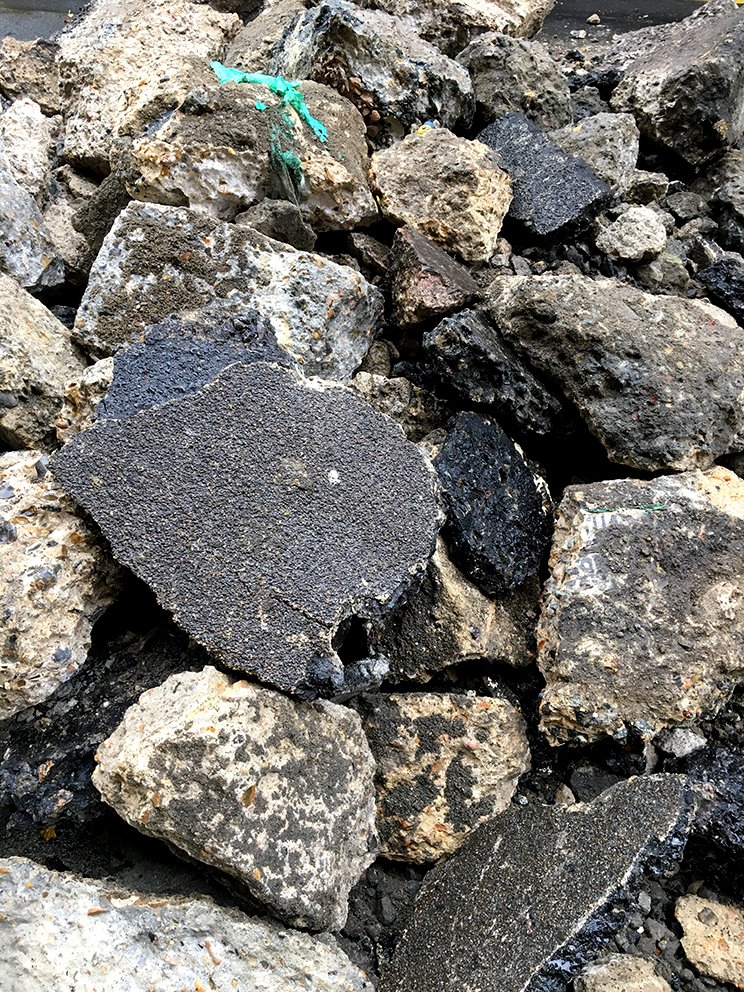Having already given the presentation on ‘Jacques Derrida’ By Nicolas Royle. This is more an ‘aid de memoire’ to remind me of the points I spoke about in the hope that I’ll remember.
Book: Jacques Derrida By Nicolas Royle
Why oh why did I choose Derrida?
Derrida is a French linguist, writer and literary Critical Analysts, philosopher and political commentator and much more.
Written many books especially on textual analysis.
He’s notoriously dense and complex.
Just when I think I have understood I realise I don’t.
Maddening is a phrase I’ve read somewhere...
Famous for:
Deconstruction
Literary analysis
Semiotics
Grammar the difference
Political
I’ve come back to this book as I find Royle’s writing more accessible. He articulates well the unique challenges that come with Derrida’s thinking and writing.
Specifically I’ve been thinking/looking at deconstruction.
What it is not and ways to approaching what it could be.
But even that is optimistic as Derrida’s thinking and writing resists simple or reductionalist summisations of ‘This is this and means this’. Royle explores this not offering neat answers. In the chapter it even states how Derrida dislikes even the word deconstruction, and that he feels that it’s wrong to use it as a ‘ism’ or practice.
Rather Royle gives a useful if fragmented overview, he describes how Derrida likes to explore at a phorensic level. He explains how Derrida evades, is elusive in what is meant for him, by deconstruction.
Royle demonstrates examples of what Deconstructuon is not - throughout most of the book we are shown what Derrida is not, but not told what it and he is. Rather we are shown where he/it might be at work. Where a ‘trace’ or a ‘Ghost’ might be, and it’s this approach that leaves space to work in.
It’s not an answer it’s a deep approach. A constant undoing of ones own beliefs
///////////////////////////////////////////////////////
I keep returning to Derrida, to this book. A starter. A basic introduction. (Sigh)
Although I am currently liking this uncomfortable wrestling. I have been looking for answers and Derrida won’t give them. Only a way of approaching. And I think that's the thing with Derrida, the moment you look for a neat of final answer - things vaporise - it doesn't work.
Royle frequently in this chapter talks of the unravelling that seems to happen often.
And then for me the language of my work is very important, from the thinking to the language of the symbols and materials. Unravelling of my materials, my practice, my thinking.
Specifically in my practice
Royles chapter has given me specifically some very engaging thoughts that I am exploring as I make.
“Every thing is Divisable” - this phrase alone has me.
///////////////////////////////////////////
I am interested in belief, it’s nature and how it manifests.
In the liminal, the threshold, transforming spaces.
And something of Derrida's work touches on these thin and elusive environments.
/////////////////////////////////////////////
The more I read, the more I realised I didn’t understand, now I suspect that’s the point.
Royles description of Derrida and his practice in this chapter leads us to a constant questioning of our thinking, our beliefs. And this could be a kind of Deconstruction>>>
>>>A constant examining, undoing and again examining of ones own beliefs. Including my beliefs about beliefs.































































